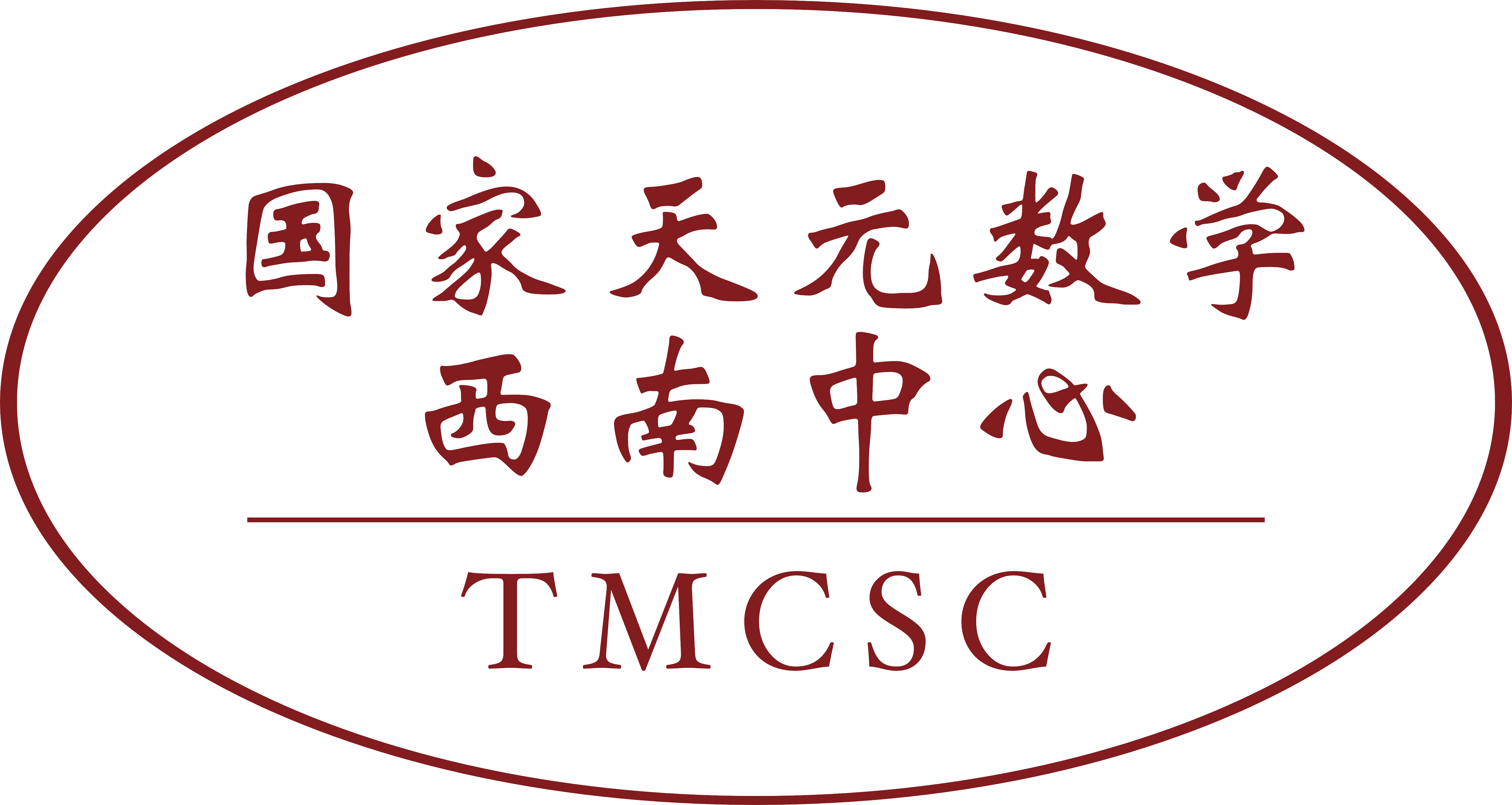Lectures on Schubert calculus and applications
3:00pm-5:00pm
Yaoxiong Wen (KIAS, Korea)
Lecture 1: Flag varieties
In this lecture, we will introduce what flag variety is. First, we will start from Grassmannian Gr(r,n), which can be viewed as the set of dimension r subspaces in Cn, and we will see how to endow it with algebraic structure. Then, we will introduce the flag variety, which is a closed subvariety of the Grassmannian.
Lecture 2: Schubert calculus
In this lecture, we will focus on Schubert calculus on Grassmannian. It involves the beautiful combinatorics of Young tableaux, which are also related to interesting problems in representation theory and the theory of symmetric functions. We will start from Bruhat decomposition and Schubert cells, then prove two results on Schubert calculus: the Pieri and Giambelli formulas.
Lecture 3: Semisimple orbits
In this lecture, we will move to another interesting geometry: adjoint orbits. This lecture aims to look at the classification of semisimple orbits. We will start from the structure theory for semisimple Lie algebras and finally see that semisimple orbits are parametrized by points in a fundamental domain for the action of the Weyl group on a Cartan subalgebra.
Lecture 4: Nilpotent orbits
In this lecture, we will introduce the nilpotent orbits and parametrize them by partitions. First, we deal with nilpotent orbits in sl(n), which are one-to-one correspondence to the partition of n. Then, the nilpotent orbits in classical group cases can be viewed as the restriction of nilpotent orbits in sl(n) to the Lie algebra g.
Lecture 5: 3d N=2 mirror symmetry
In the final lecture, I will talk about my recent joint works of Yongbin Ruan and Zijun Zhou. We introduce a new version of 3d mirror symmetry for toric stacks, inspired by a 3d N = 2 abelian mirror symmetry construction in physics. First, we will introduce the quantum K theory and quasimap I-functions. Then, given a mirror pair, we will see how their quasimap I-functions interchange under the 3d mirror symmetry.
